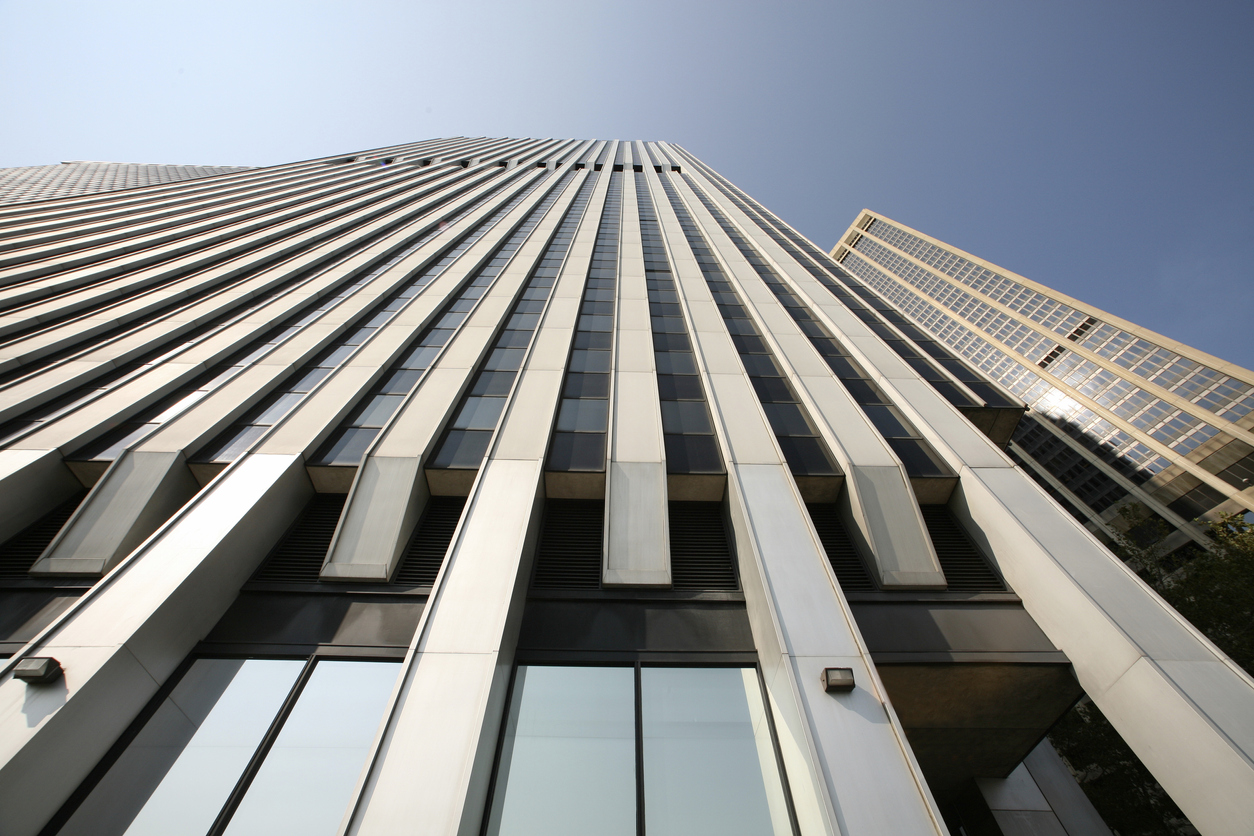Rising interest rates and volatile stock markets hurt insurer Prudential Financial Inc. in the third quarter, while claims from Hurricane Ian in Florida stung American International Group Inc., the companies said.
During the difficult quarter, the two major insurers faced different challenges. Prudential’s adjusted operating income fell 46% to $803 million from $1.49 billion, resulting in a net loss of $284 million, down from a net loss of $1.53 billion the previous year.
The insurer attributed $1.46 billion in pretax net realized investment losses and related charges and adjustments to rising interest rates. Pretax losses from divested and runoff businesses totaled about $100 million.
As a result of higher interest rates, declines in equities, and declines in riskier bonds, assets under management at Prudential’s global investment-management unit, known as PGIM, fell 20% to $1.206 trillion. It also cited third-party net outflows, which contrasted with the previous quarter’s record high assets of $1.514 trillion.
According to Prudential CEO Charles Lowrey, the results were harmed by “the impact of market conditions, including variability in alternative investment returns and lower fee income.” Higher interest rates, he added, “will economically benefit our business over time.”
Insurers hold the majority of their customers’ premiums in high-quality bonds until they need to pay claims. A small portion is frequently invested in private equity funds and other alternatives, which delivered outsized returns last year. This year, insurers are benefiting from higher interest rates on new bond purchases, but private-equity results are down significantly year over year.
AIG reported higher underwriting profit from its property-casualty insurance operations, which insure companies worldwide and protect the property of wealthy homeowners, among other businesses. Its life-and-retirement unit, which is being gradually divested, saw strong annuity sales.
However, those highlights were offset by a 28% drop in net investment income, to $2.67 billion, as the hot alternative investments failed to replicate their gains.
AIG’s adjusted income, which excludes non-recurring items, fell 39% to $509 million. Its net income increased by 63% to $2.7 billion, owing to net realized gains in derivatives tied to a divested unit in which it still has a stake.
AIG said its underwriting profit included $600 million in estimated hurricane costs from Hurricane Ian, which hit southwest Florida in late September, as well as other weather events. According to Moody’s Investors Service data, AIG is one of Florida’s largest commercial-property insurers by premium volume. It is also a prominent insurer of well-to-do households’ homes and other property, but it does not rank among the top ten in the state for homeowners insurance.
AIG’s quarterly catastrophe tally was down slightly from $628 million in the previous period, owing primarily to Hurricane Ida. Ida then made landfall in Louisiana, bringing tornadoes and flooding as it made its way to the Northeastern United States.
Ian is on track to overtake Ida as the nation’s second-most expensive natural disaster for property insurers. According to the Insurance Information Institute, the insured damage from Ida is estimated to be $36 billion. According to Wall Street analysts, the catastrophe totals for Ian disclosed so far in third-quarter results by publicly traded property insurers indicate that industrywide insured damage will be in the $50 billion to $60 billion range. Hurricane Katrina in 2005 was the most expensive, with an insured cost of $89.68 billion in 2021 dollars.
AIG CEO Peter Zaffino stated that the company’s recent results “are even more impressive when viewed against the backdrop of a challenging macroeconomic environment and one of the largest insured-loss hurricanes in US history.”
AIG’s third quarter also saw the delayed start of an initial public offering of its life-insurance unit, Corebridge Financial, with a 12.4% stake sold in mid-September. This is in addition to Blackstone Group’s 9.9% ownership stake in the unit.













